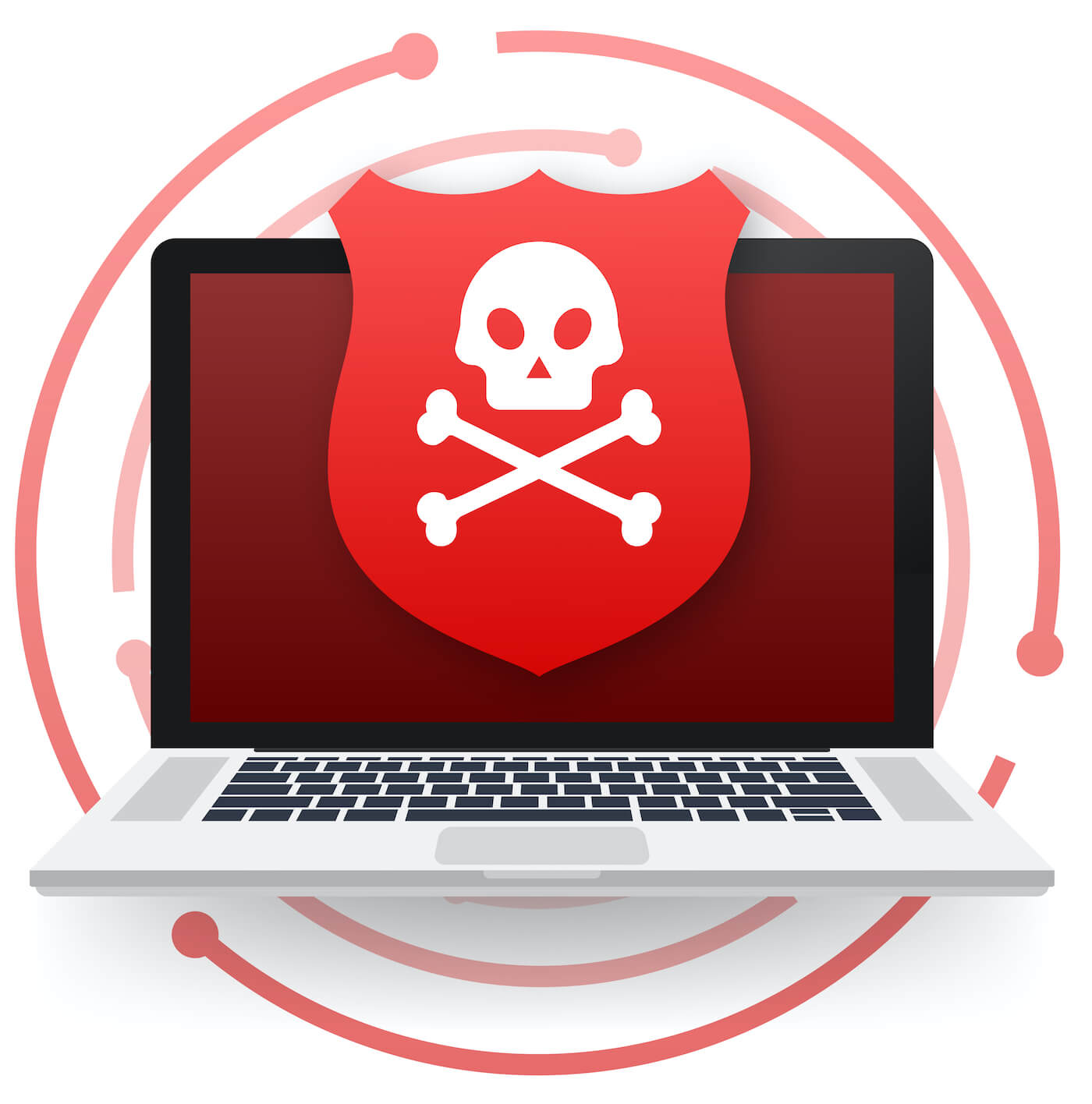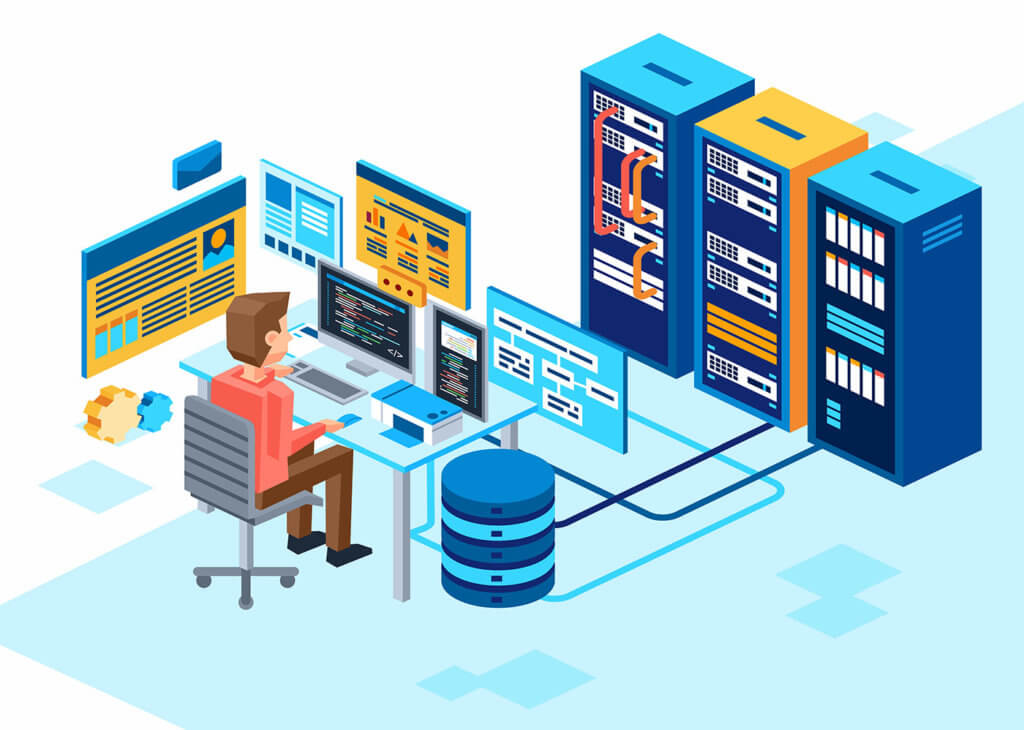10 Ways to Mitigate Insider Data Loss Prevention Risks
Insider threats are caused by insiders who have critical access to your company’s data and security network. Therefore, businesses need to take steps to mitigate insider threats, making it harder for data to leak or be stolen from your company.
Data loss prevention (DLP) tactics can mitigate the risks associated with insider data loss.
What are Insider DLP Risks?

Insider attacks can happen to any size company. While they are perhaps less commonly talked about than data breaches, they are just as damaging, if not more so!
Insider attacks happen because someone has critical access to networks inside a company. This includes credential access, access to an internet or computer network, or knowledge of how security systems work. Or they may be an individual that takes advantage of a negligent insider like a forgetful employee.
The biggest differentiating factor between insider risks and data breaches is that the attack starts from the inside. And it is usually either due to malicious intent (like a former employee who doesn’t like your company) or a negligent insider.
Therefore, all insider entry points, including business relationships, third-party partnerships, mobile devices, and the personal internet networks of your employees, carry risks of an insider attack. Unfortunately, tracking down these entry points can be challenging; this is known as shadow IT, and it is one of the largest cybersecurity risks in the industry.
Top 10 Ways You Can Mitigate Insider DLP Risks
Because insider threats are notoriously difficult to track and stop, several practices should be part of your insider threat program to help avoid data leaks or a damaging insider attack.
Here are 10 ways to mitigate insider risks with proactiveness and security preparedness:
1. Install Multiple DLP Software Tools
Data loss prevention (DLP) software is a range of software tools that help prevent, mitigate, and limit data loss in a company. DLP tools include basic network protection software (like firewall and antivirus), data monitoring, data classification, backup and recovery systems, intrusion detection and prevention systems (IDS/IPS), security information, and event management (SIEM), and UBA software.
Combining several of these software tools will mean your protection and security controls are more comprehensive.
Unfortunately, one form of protection just won’t cut it, as insiders can move data around, modify, delete or copy data, introduce malware or viruses into your system, access areas of your network that they aren’t authorized to, and much more. Therefore, having a range of software in place will offer more protection for your system.
2. Increase Your Data Visibility
Data visibility is the ability for any enterprise to monitor, analyze, and display the data in their company. This is an incredibly challenging task in large companies, companies with a range of data entry points and several systems in place. Gaining more data visibility will only improve the chances of stopping a data attack or data breach before it happens. It can also help businesses track down ongoing data attacks or insider attacks so that data mitigation and recovery can begin.
Data visibility increases with data monitoring software, which will watch and alert the admin to times when action is taken on data that it has been told to watch. This can include sensitive data, data that contains personal customer information, and financial data.
3. Implement Data Monitoring
As mentioned above, you’ll want to implement data monitoring. Not only will this improve your company’s data visibility, but it will also give you a better sense of the goings-on of your business. In ways, data monitoring can enlighten the IT department to areas of shadow IT, areas of a network that are weak or slowing down employees, and failing data redundancies.
Data monitoring can also contribute to an employee monitor, which can watch employees for negligent or suspicious activity, and also provide metrics for improving employee productivity in workplace and remote workplace settings.
4. Take Advantage of User Behaviour Analytics (UBA) For Automated User Tracking and Trend Analysis
Because your employees, contractors, and third-party partners can contribute to insider risks, it helps to use data or employee monitoring software that also watches user behavior.
Software with user behavior analytics (UBA) implemented will utilize a robust algorithm that tracks common user behaviors on a watched computer. So if an employee logs in at the same time every day, the algorithm will learn that this is the case and remember it. If the employee logs in at another time of day or at an “odd” time (a time when the monitoring software administrator has established is unusual for their employees), then it will alert the administrator to this behavior.
Since UBA software is learning user behaviors, it functions better with more data. While your UBA software runs, you will also be able to learn more about your employee behaviors so that you can better mitigate any insider threat risk and improve employee productivity.
The best part about UBA technology is that it sends alerts to administrators so that the administrator can step in if an insider threat is on its way.
5. Monitor Entry Points

Nowadays, many businesses operate using software-as-a-service (SaaS) and third parties to outsource certain aspects of the company. These may even function as critical parts of a business, including the collection of sensitive data. Therefore, monitoring solutions need to be specifically targeted at all of these entry points. Security measures should also be continually refined and reassessed for best practices, regular updates, changes to data regulation, and changes to the data policy to ensure that the endpoint stays secure.
Implement multiple surveillance tools and methods for each entry point and along pathways for accessing sensitive data.
6. Create Robust Security Systems
Since there are so many different types of insider data attacks that can occur, it is in your best interest to create comprehensive network security and surveillance systems. This is true whether your employees are coming into a location or working remotely.
Insider risks can present themselves as negligent employees whose credentials got stolen. Their credentials can be physically stolen by watching, through a keystroke logging software, through a breach in a company network, by a hacker who is idling in a company network, through a remote worker’s poor personal network, through a hacker on a third-party, and much more.
Even with just one of the insider risks like stolen credentials, there are many ways that the risks can present. Therefore, having a robust security system and comprehensive insider threat prevention in place can help establish multiple security layers and keep your data secure.
7. Establish Threat Mitigation Best Practices
Earlier this year, the insurance giant CNA Insurance was affected by a ransomware attack, paying $40 million to release critical company data. Inside sources to SoftActivity report that the attackers could gain access to corporate emails and other aspects of CNA’s network because CNA did not update its network based on security recommendations, including a significant virus ware update and moving critical data to the more secure cloud option.
CNA’s attack was major, and the ransomware was reportedly the largest ransom disclosed. If it could have been avoided, CNA IT department and security managers may have done so. Monitoring threat mitigation best practices are critical for this reason.
These best practices exist because of past attacks. When an attack occurs, security specialists can analyze how the perpetrator got in and potentially recommend a way to fix that weak endpoint. Researchers can perform vulnerability testing (or penetration testing) as well, which is another way that security experts can find weak points and update best practices to stop attack entry points.
Following best practices established by PCII, NIST, and security experts can save your company a lot of money.
8. Consider Security Credentials and Regulations
If you regularly handle customer data or sensitive data, then you may have to comply with regulations. CCPA and GDPR are two standard data regulations. Other credentials and audits may be optional for your company (like SOC2) or required (like NIST or PCI for data storage) depending on the type of data that your company handles.
Consider hiring security experts or consultants through any of these organizations to ensure that your security systems are up to date and protect customer data.
9. Train Your Employees
One of the most important ways to protect your data against insider threats is to train your employees. Whether they are negligent or malicious, sometimes employees do not realize that the systems are necessary for company protection.
Training is especially important as your company modifies security best practices regularly, as data policies change, and regular reminders. Training employees based on security needs will help to minimize the chances of negligent insider risks.
This may also educate malicious insiders about security systems in place (which can be a good thing and a bad thing). The good news is that it can deter some bad actors and turn them away from trying to attack your company from the inside.
10. Create a Backup and Recovery Plan
And last but also highly critical to insider risk mitigation is implementing a backup and recovery plan. This plan will describe what the company needs to do in the event of a data attack, how to close off systems when an attacker is underway, and how to recover as swiftly as possible following an attack.
An optimized backup and recovery plan based on the company’s unique network and needs will save a company thousands, as much of the company’s financial losses associated with data attacks have to do with downtime.
By SoftActivity Team.